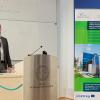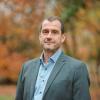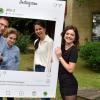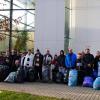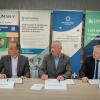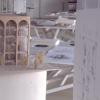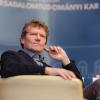Global collaboration sparks breakthroughs in blue-light optogenetics at University of Pécs
2025
Jul
22
A recently launched international project led by the Department of Biophysics at the Medical School of the University of Pécs aims to design blue-light photoreceptors with good properties that can be easily used for optogenetic applications. The three-year programme, which is supported by an international excellence grant of nearly 400 million HUF, will develop optogenetic devices that will have long-term applications in both pharmacology and medicine.
Optogenetics is one of the most exciting fields at the interface of biology, neuroscience and physics,
where photo-induced molecular functions are triggered by photoactive proteins. The use of optogenetics has huge potential in the treatment of degenerative retinal diseases, chronic pain management, heart rhythm regulation or deep brain stimulation. A common starting point for all these applications is a light-sensitive protein with the right function, and the project will study the photochemistry and photophysics of blue photoreceptors using ultra-fast spectroscopy and fluorescence spectroscopy to make them suitable for optogenetics applications. They will also investigate the function of photoactive flavoproteins that undergo structural changes in a reproducible manner in response to light that propagate to the coupled biological object.
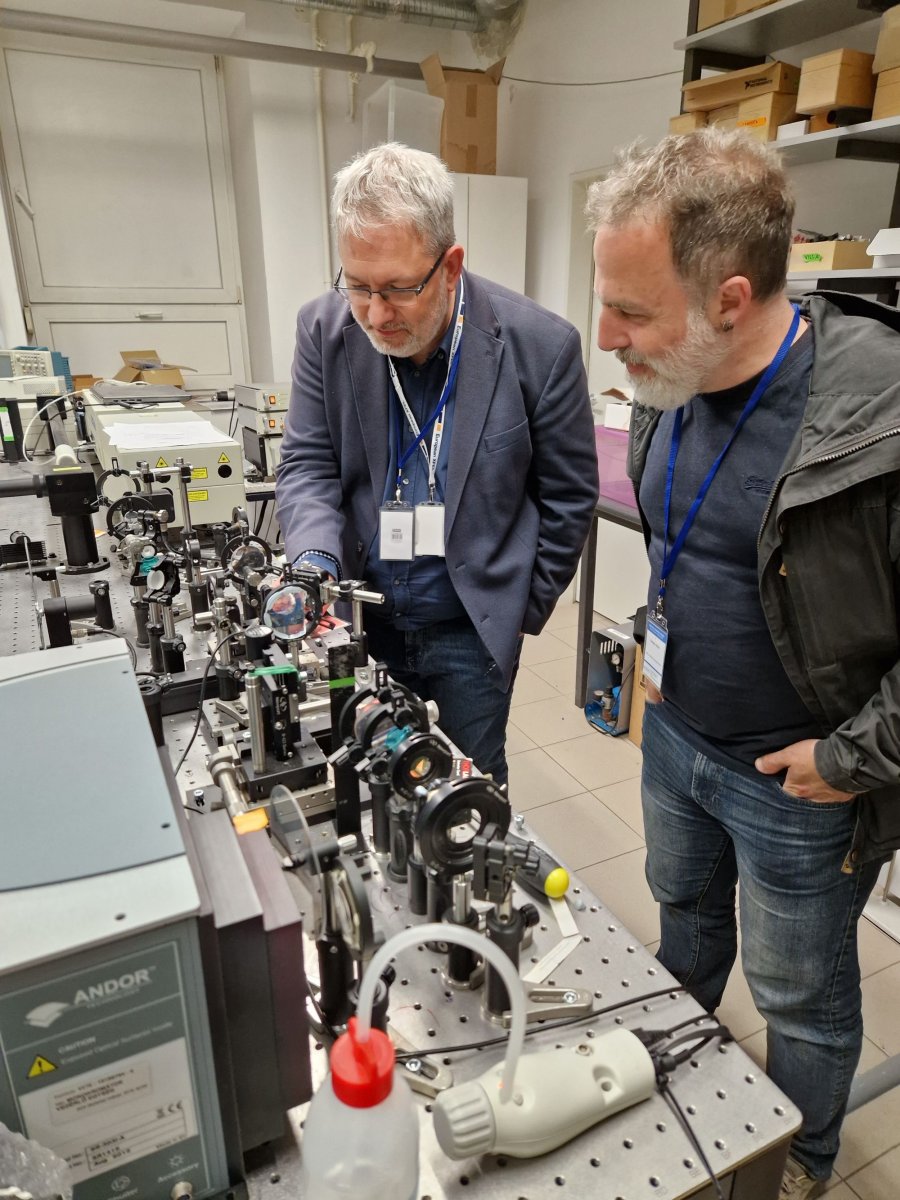
The project is a broad international collaboration: in addition to the experts of the Medical School of the University of Pécs, the research will involve the University of East Anglia (Norwich, UK), Stony Brook University (New York, USA), Ecole Polytechnique (Palaiseau, France) and CEA IBS (Grenoble, France). The three-year research will use state-of-the-art techniques such as time-resolved X-ray crystallography, time-resolved X-ray scattering and ultra-fast laser spectroscopy. A large part of the experiments will be carried out at some of Europe's best-known research centres, such as the European Synchrotron Radiation Facility in Grenoble, the Rutherford Appleton Laboratory and the EuXFEL free electron laser centre in Hamburg.
- Log in to post comments
University of Pécs | Chancellery | IT Directorate | Portal group - 2020.
